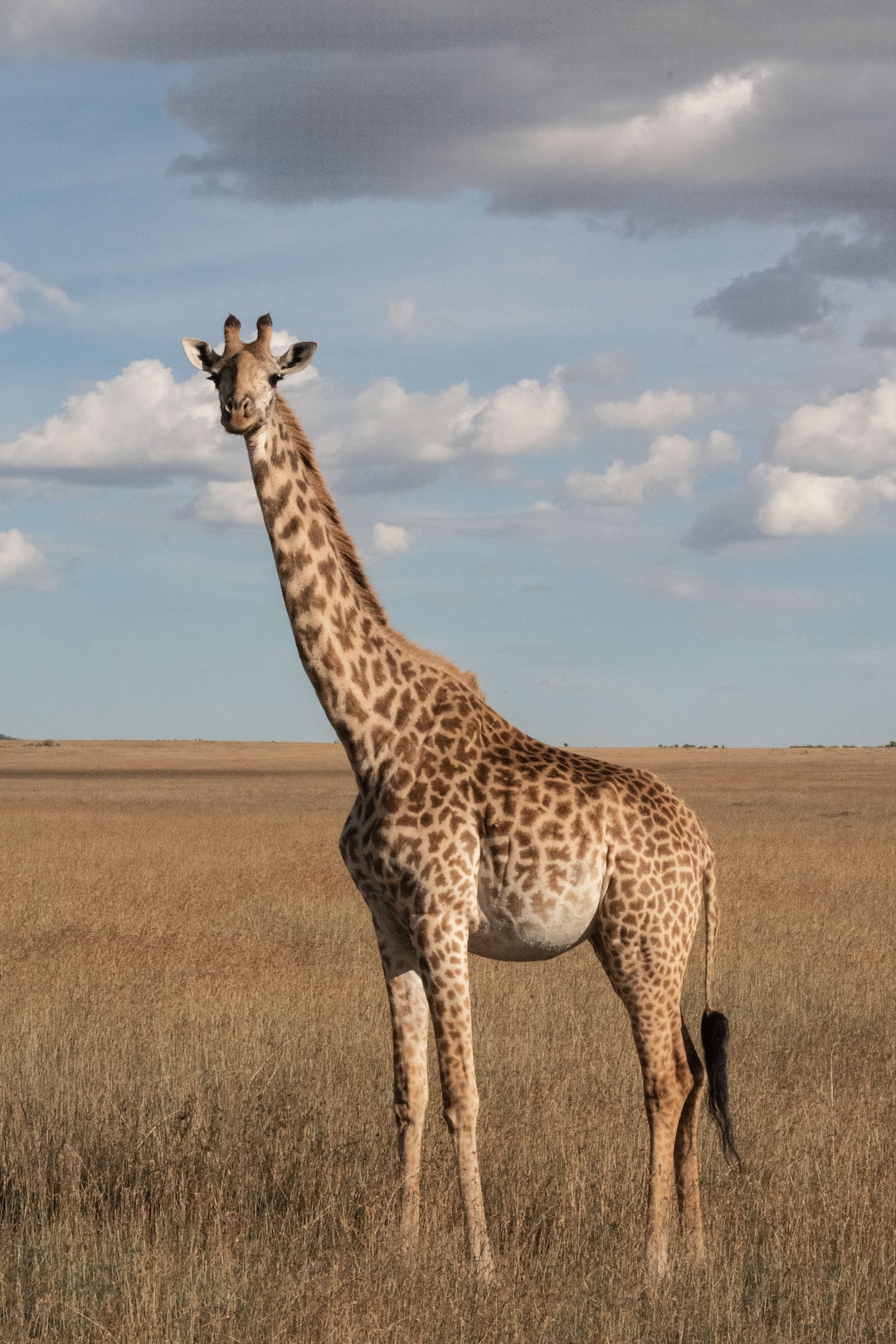The Evolutionary History of Dinosaurs
Dinosaurs have always fascinated both young and old alike. From the towering Tyrannosaurus Rex to the swift and agile Velociraptor, these prehistoric creatures captured our imagination. But have you ever wondered about the evolutionary history of dinosaurs? How did they come to dominate the earth for millions of years? Let’s take a journey through time to explore their incredible story.
The origins of dinosaurs can be traced back to the ancient reptiles that roamed the earth during the late Triassic period, approximately 230 million years ago. These reptiles, known as archosaurs, were the ancestors of both dinosaurs and crocodiles. While they shared many similarities, there were distinct features that set dinosaurs apart.
One of the key characteristics that defined dinosaurs was their posture. Unlike their reptilian relatives, dinosaurs stood upright on either two or four legs. This allowed for greater mobility and agility, setting the stage for their future success. Additionally, dinosaurs had a unique hip structure that facilitated bipedal locomotion, enabling them to cover great distances and adapt to various environments.
As time went on, dinosaurs diversified into two main groups: the Saurischia and the Ornithischia. The Saurischia, which included iconic dinosaurs like the T. Rex and the Brachiosaurus, had a lizard-like pelvis. On the other hand, the Ornithischia, which included herbivorous dinosaurs like the Triceratops and the Stegosaurus, had a bird-like pelvis. This distinction allowed scientists to categorize dinosaurs into these two major groups.
During the Jurassic period, approximately 200 million years ago, dinosaurs experienced a rapid expansion in both size and diversity. Gigantic herbivorous dinosaurs like the Apatosaurus and Diplodocus roamed the earth, while smaller and more agile carnivorous dinosaurs like the Allosaurus were also present. This period marks the appearance of the first true flying dinosaurs, known as pterosaurs. These winged reptiles ruled the skies and evolved to fill various ecological niches.
Towards the end of the Cretaceous period, approximately 65 million years ago, dinosaurs faced a catastrophic event that would ultimately lead to their demise. The impact of a massive asteroid is believed to have caused drastic changes in the Earth’s climate, leading to mass extinction. This event, often referred to as the K-T extinction, wiped out nearly 75% of all species on the planet, including the dinosaurs.
However, not all dinosaurs disappeared from the face of the earth. Modern-day birds are direct descendants of a group of small theropod dinosaurs. Through millions of years of evolution, they adapted to survive and thrive in a changing world. Today, birds are one of the most diverse groups of animals, occupying nearly every ecosystem on the planet.
In recent years, our understanding of dinosaur evolution has been revolutionized by new discoveries and advancements in technology. Fossils are continually being unearthed, providing key insights into the lives of these ancient creatures. Scientists use various techniques, such as genetic analysis and computer simulations, to reconstruct dinosaurs and better understand their behavior, physiology, and evolutionary relationships.
The evolutionary history of dinosaurs is a testament to the resilience and adaptability of life on Earth. From their humble origins to their dominance during the Mesozoic era, dinosaurs captured the imagination of humankind. Although they are no longer here in their prehistoric form, their legacy lives on through the birds that soar through the skies, reminding us of the incredible creatures that once ruled the earth.

